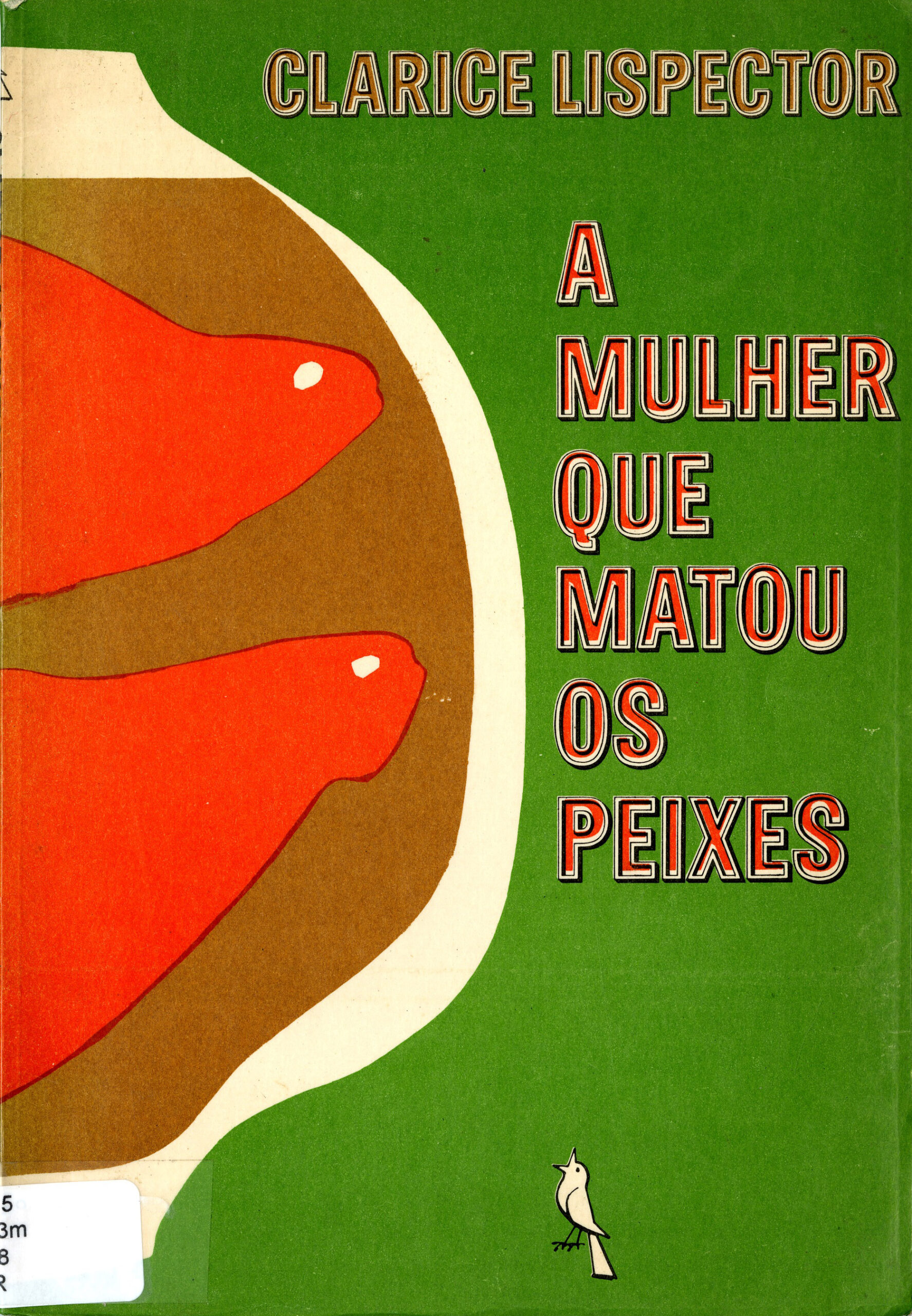Published in 1968, this work presents a narrative centered on the self, in which the core of the plot – the death of the red fish – dissolves in the profusion of thoughts and stories of animals that populate the work. Animals are a constant presence in the work of Clarice Lispector and have a guaranteed place in her production for children. In The Woman Who Killed the Fish, attunement with the reader is obtained through direct address, and the text announces itself as a confession by the narrator (“This woman who killed the fish is unfortunately me”) and a request for forgiveness from humanity. Suspense comes from small storylines in which forgiveness and guilt follow one another. However, one should not expect a conventional mystery narrative, given that the author operates with the movement of genres, breaking with schemes and narrative conventions: it is disorderly fiction, which does not seem to arrive at one single point. As in The Mystery of the Thinking Rabbit, reflections, commentaries, and digressions are given space, to the detriment of the acts/facts of the plot. The animals are supports for human emotions and appear shaped into small stories that endeavor to free the narrator from the feeling of guilt. Stories of cats, rats, cockroaches, geckos, dogs, and monkeys appear in micro-narratives that shift the reader’s attention from the “murder” of the fish and at the same time prepare for the explanation of the narrator, who, in the beginning, lacks the courage to tell how it all happened. Supported by what is common and not evident at first glance, the text allows for in-depth interpretations, by activating feelings that unfold from the narratives of human-animal encounters. The act of reading here demands from the reader-in-training a different type of perception and concentration, in which fraternity and solidarity are constants. Gaining confidence, or rather, understanding children, is the ever present tone (“I respect boys and girls and so I would never deceive a single one of you.”) and it is marked more strongly by the attitude of the narrator who, from the beginning, seeks forgiveness from the readers for the act committed––forgetting to feed the red fish, resulting in their death. Harmony with the children’s universe is what makes Clarice Lispector’s production for children innovative, capable of dealing with children in a non-infantilized manner throughout the narrative by thinking with them and not for them.
ByRosa Gens

